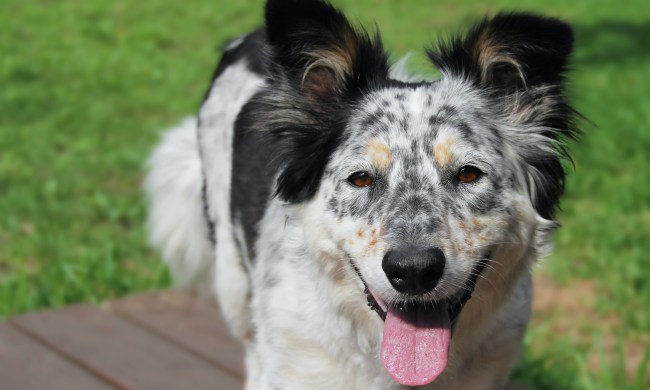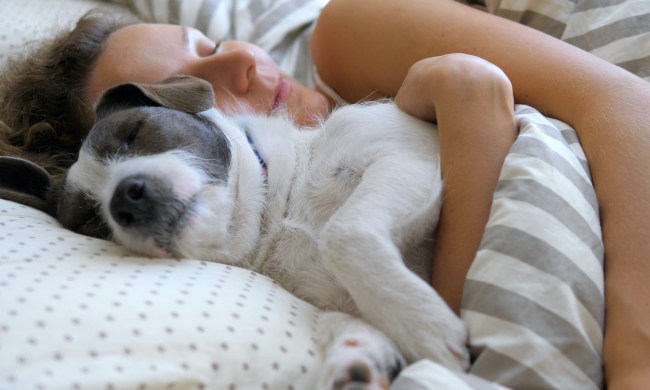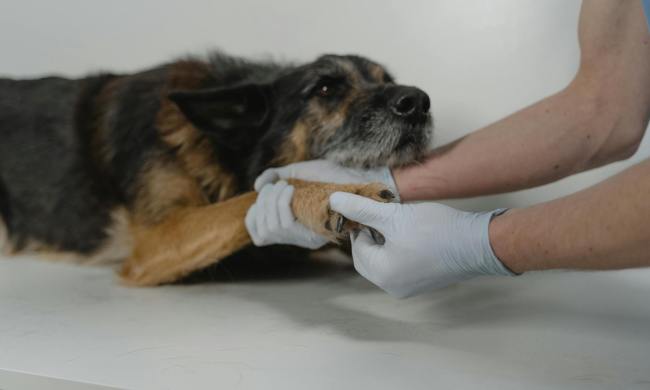We’re thankful for our dogs (and the feeling is probably mutual). You may want to slip them your favorite side on Thanksgiving: squash. Butternut squash is a staple, and pumpkin is technically a squash. The squash family tree is large. While we often associate squash with Thanksgiving, other varieties, like zucchini, are summer barbecue staples.
When treating a dog during the year’s “most wonderful time” (the winter holidays) or summer, you aim to give your pet something delicious to show love. However, some foods can be health hazards, whether your pet gets some from you or the trash can. Can dogs eat squash, or should they steer clear? We dug up the answers on the benefits, risks, and best practices for feeding your dog squash.
Can dogs eat squash cooked or raw?

Most dogs can safely consume squash in cooked or raw form if you’ve removed the rinds, skin, and seeds. These parts of squash can present choking hazards to your pet.
Otherwise, squash can be a safe, low-calorie treat. Squash comes in many forms. A few popular types include:
- Acorn squash
- Butternut squash
- Pumpkin
- Spaghetti squash
- Yellow squash
- Zucchini
Not only are all the above squashes safe for your pet to nibble on, but they may also provide some added health benefits.
Is squash healthy for dogs?
Pure squash is considered one of the most nutritious options for people on Thanksgiving and summer barbecues. While dogs and humans aren’t biologically the same, pups can also benefit from some of the vitamins, antioxidants, and minerals in nutrient-dense squash, including:
- Fiber. Fiber helps with digestion, which is one of the reasons pumpkin may help soothe your pup’s tummy ache.
- Potassium. This electrolyte helps with heart and muscle function.
- Vitamin A. This vitamin can assist with vision.
- Vitamin C. Vitamin C can support immune health.
The above benefits are dependent on the dose. Your dog may need to consume more squash than recommended to get the perks. The risks of overconsuming squash will likely outweigh those benefits. The good news? Your pet gets all the nutrients they need to thrive from their regular dog food. Squash is just a low-calorie, delicious treat.
Risks of squash for dogs
While most dogs can have squash without issue, you’ll want to keep some drawbacks in mind, including:
- Digestion. Too much fiber can leave your pet feeling uncomfortable and bloated. They may vomit, become constipated, or have diarrhea.
- Rejecting regular food. Your dog’s priority food is the stuff specifically designed for them. Eating too much squash can cause your dog to skip their regular meal, which can lead to nutrient deficiencies when chronic.
- Weight. Extra calories from squash can prompt unnecessary weight gain, putting your dog at risk for mobility issues and chronic diseases. Moderation is key.
- Toxic/unhealthy ingredients. Pure squash is usually healthy. However, people often cook squash with nutmeg, sugar (like pumpkin pies), and xylitol. These ingredients can be toxic or unhealthy to pets, even in moderation.
- Choking. If the squash isn’t cut correctly or has parts like skin and rind intact, your dog is at a higher risk for choking.
How much squash can I feed my dog?
Generally, you’ll want to follow the 90-10 rule, meaning 90% of your dog’s daily calories should come from their food. The remaining 10% can come from low-calorie treats, like squash. Dogs come in many shapes and sizes, so toy breeds like Chihuahuas may max out at around 1 teaspoon daily, while a Saint Bernard may safely tolerate up to 4 tablespoons of squash. Speak to your vet about your pet’s needs, especially if you’re trying to get your pet to lose weight or manage a condition like diabetes.
Make squash safer for your dog to consume by:
- Washing
- Removing skin, rind, and seeds
- Cutting into small pieces
- Giving your dog a little at a time
- Monitoring for reactions
If your dog shows signs of a stomach ache, you may want to … squash this treat from your rotation.
Closing thoughts

Can dogs have squash? Generally, most dogs can have a bit of squash, including zucchini, butternut, and acorn. However, ensure the rind, skin, and seeds are removed and no add-on ingredients, like nutmeg and sugar, are in the dish. Squash contains vitamins and minerals like fiber, potassium, and vitamin A. A vet may recommend pumpkin squash to help a dog’s tummy ache.
A dog must consume tons of squash to reap other perks, like vitamin A, to support vision. Your dog’s food has all the vitamins and minerals they need to thrive and should comprise 90% of their daily calories. Speak with your vet about any dietary or health concerns, and get their take on any human foods you’d like to share with your pet.




